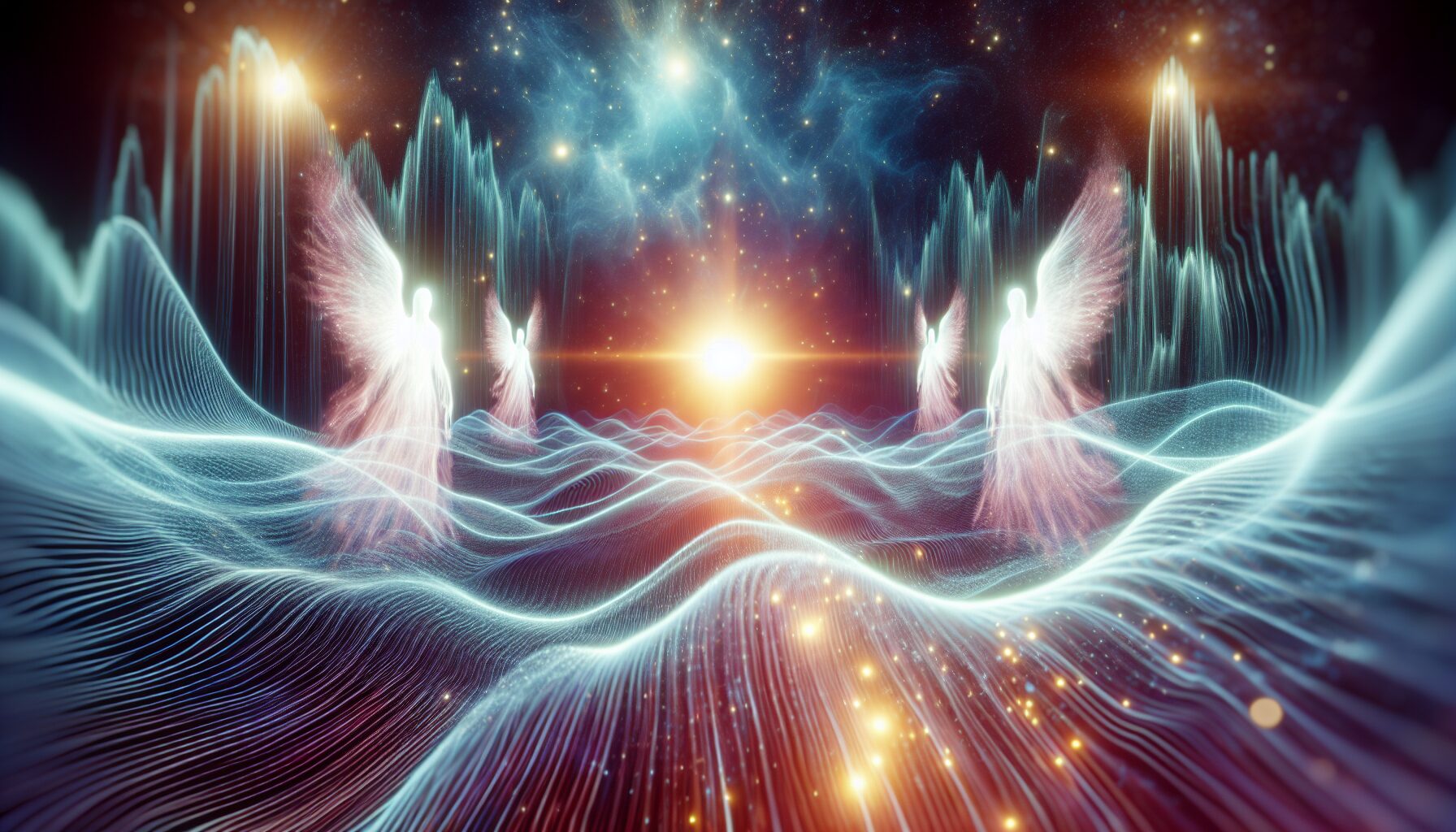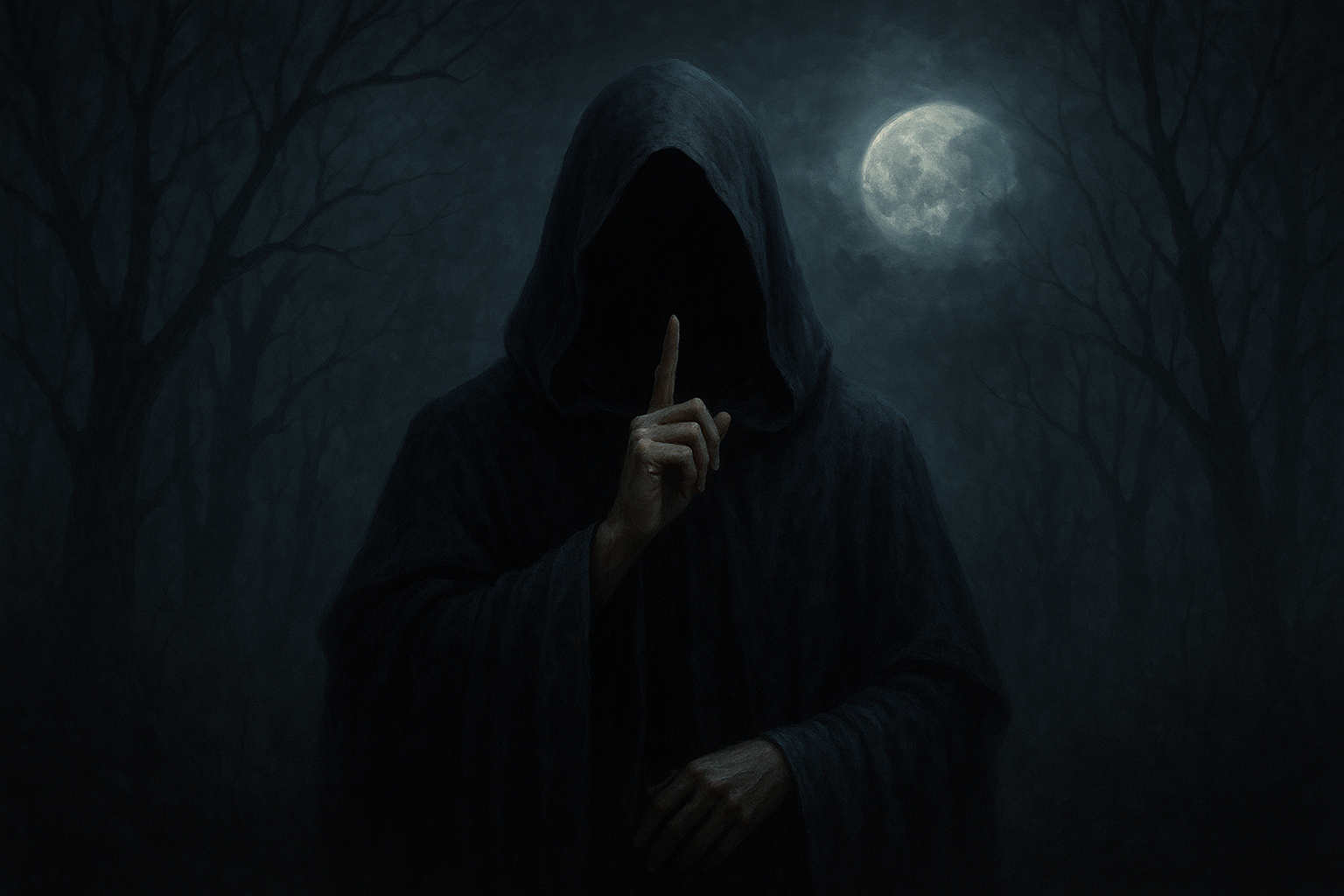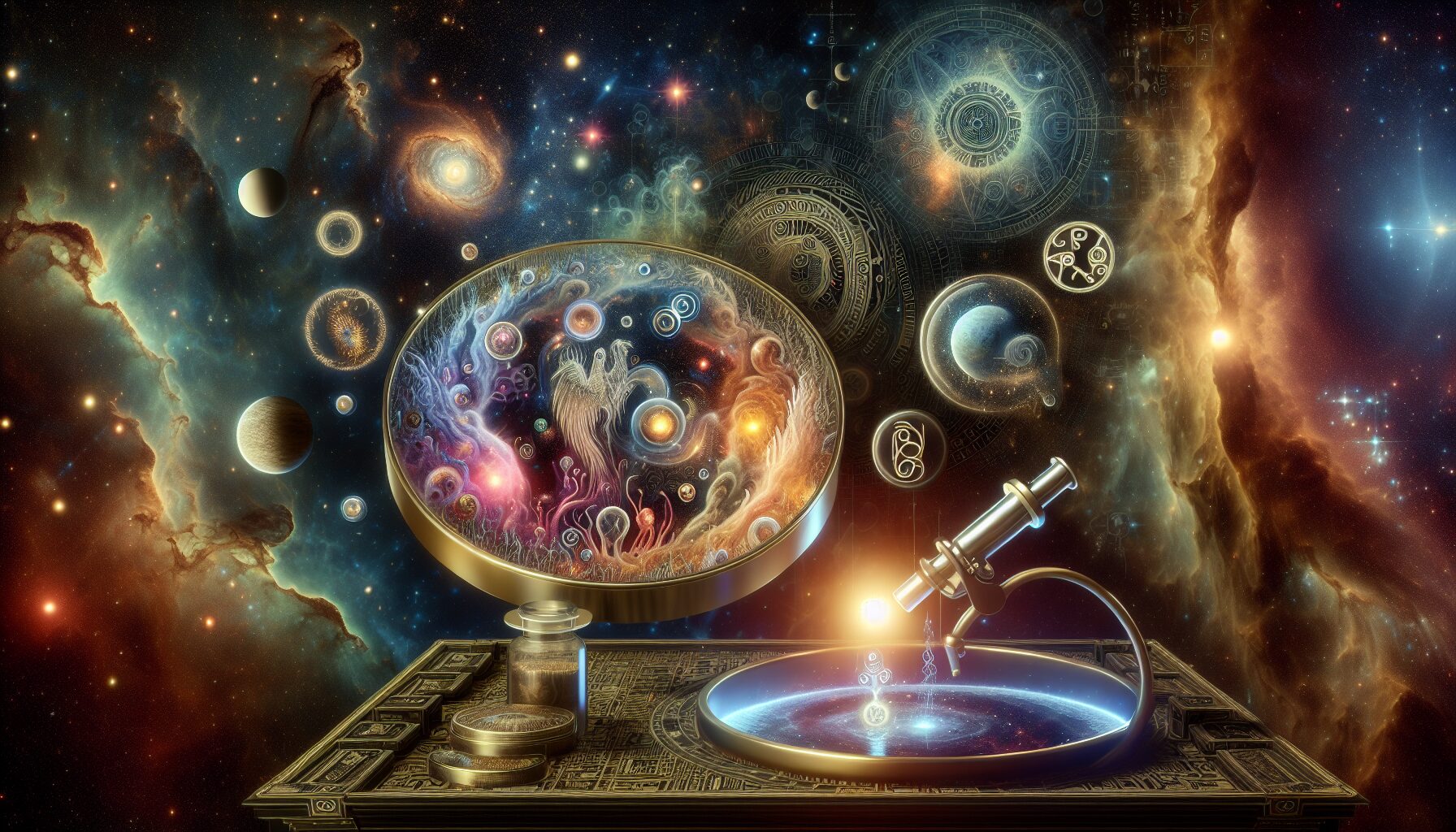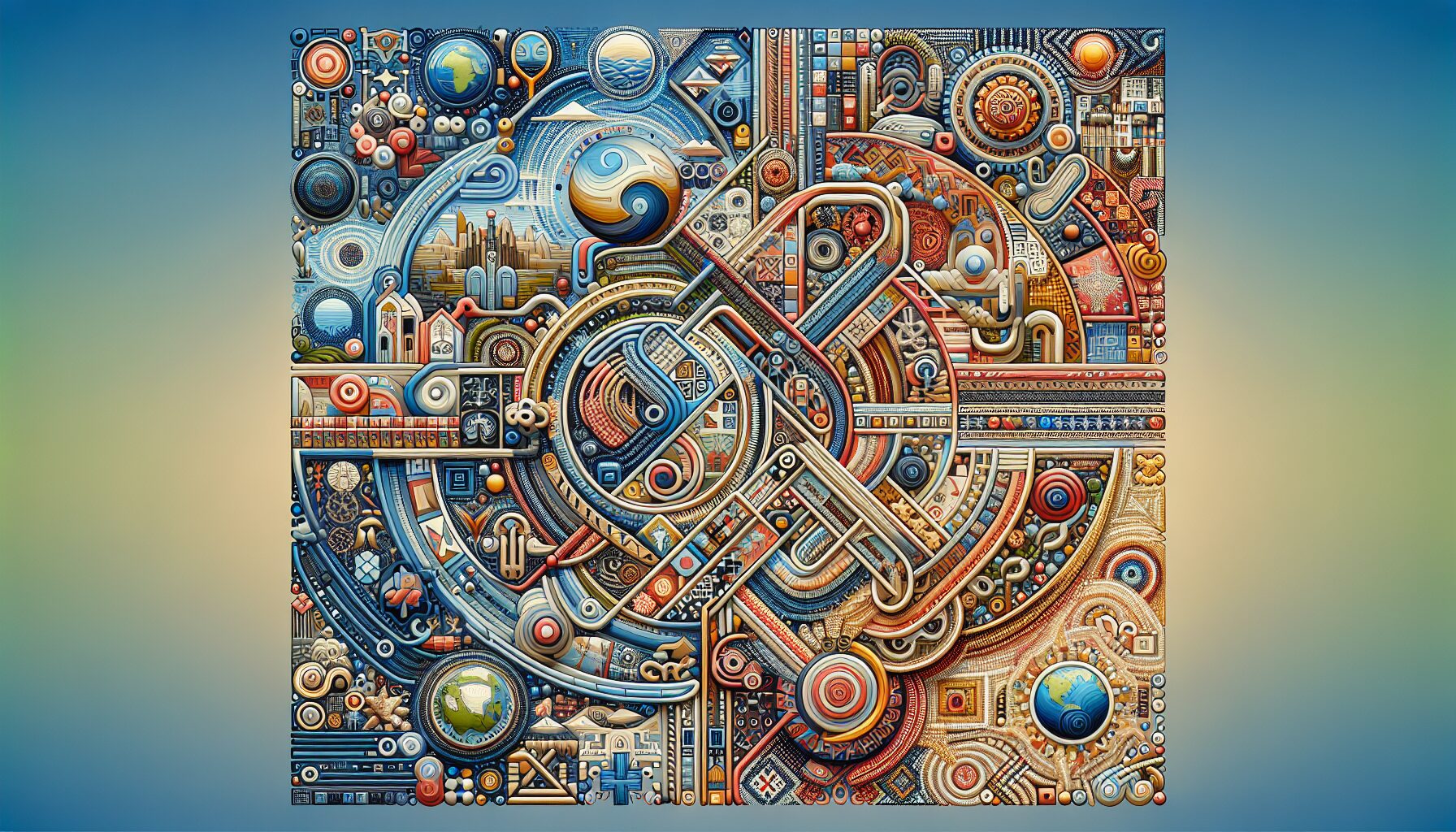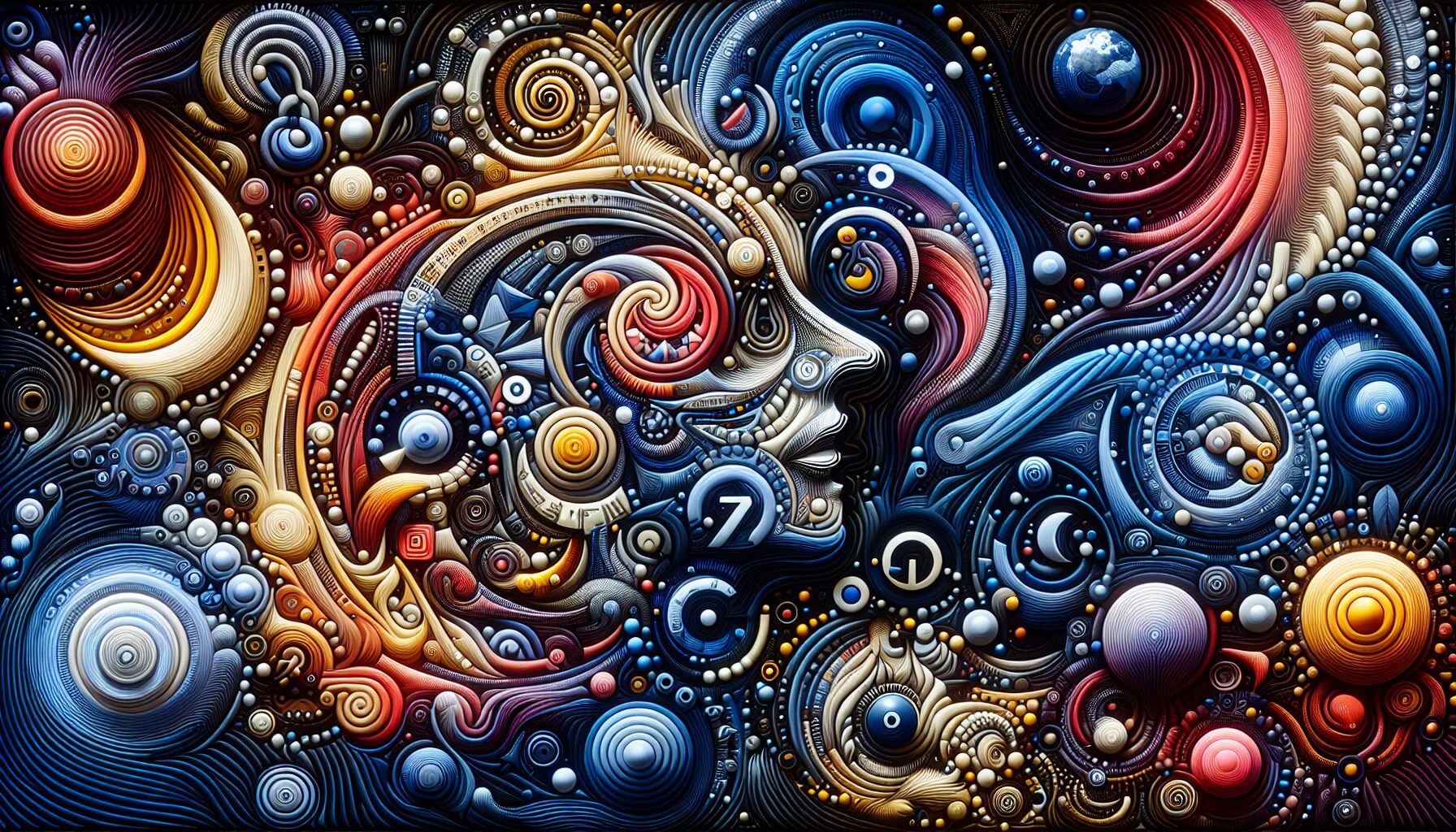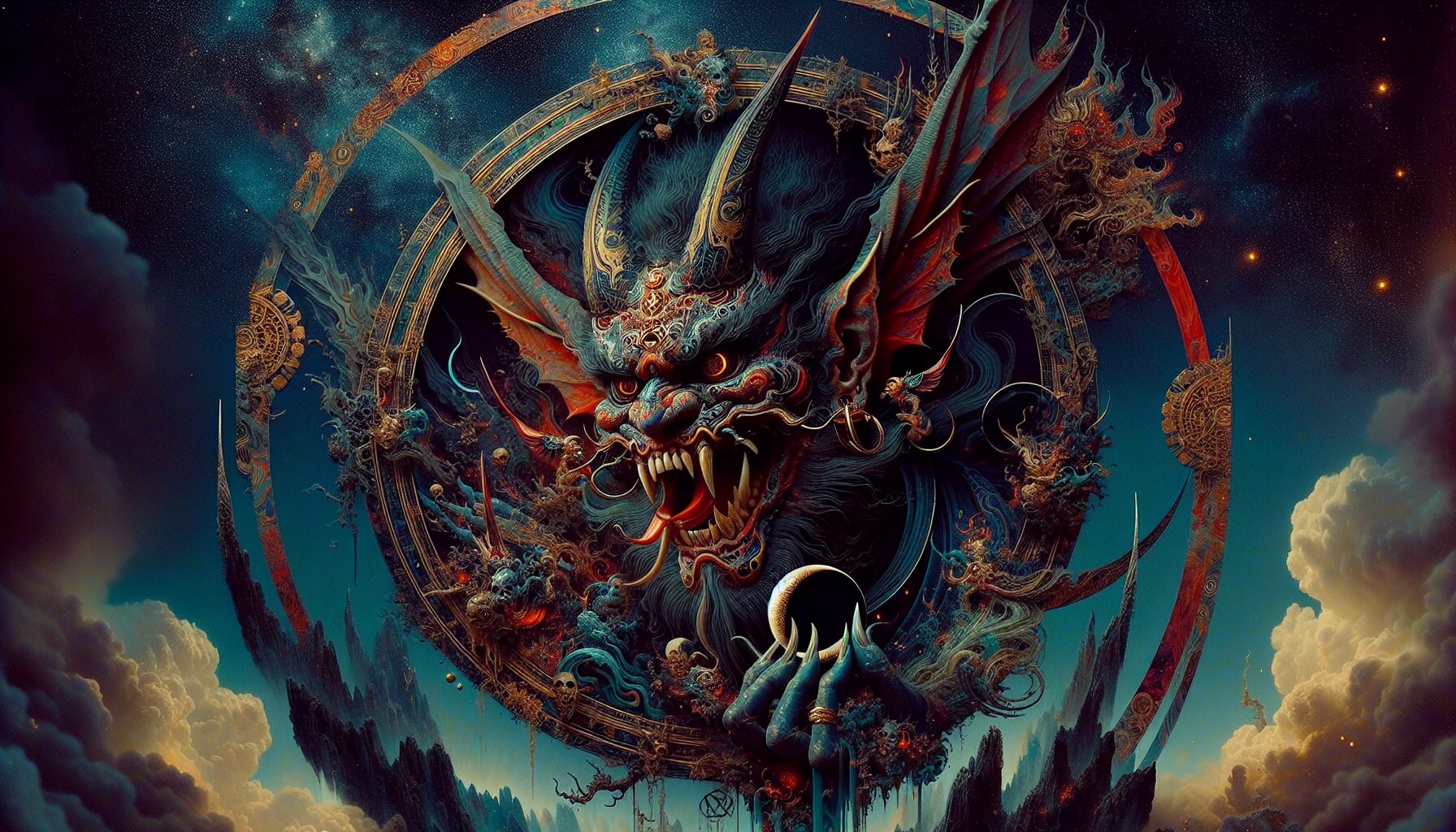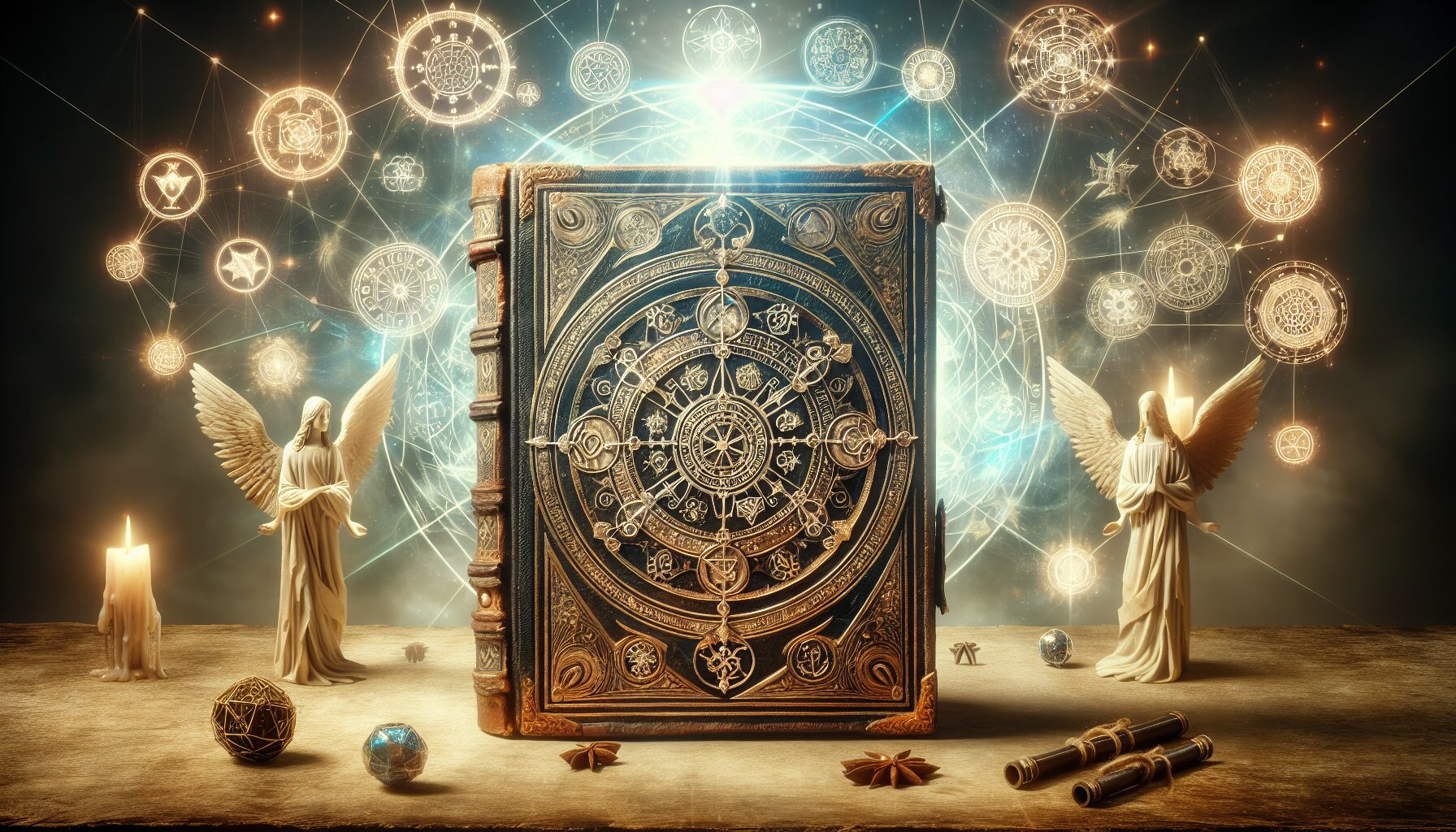In the realm of spirituality, there is a belief in the existence of higher vibrational energies that permeate the universe. One profound aspect of this belief is the presence of angelic beings, entities thought to operate at these elevated frequencies. Understanding the concept of angelic vibrations can provide deep insights into our spiritual journey and how we might connect with these celestial guides.
The Science of Vibration
Everything in our universe is composed of energy, vibrating at various frequencies. This concept is not only confined to the esoteric but is supported by science. According to the law of vibration, one of the primary Universal Laws of Nature, everything, from the smallest atom to the largest galaxy, is in a constant state of oscillation. Albert Einstein once remarked, “Everything in life is vibration.” This resonates with the idea that seeing beyond the physical dimension involves recognizing these energetic patterns.
Angelic Frequencies Explained
Angels are often associated with higher frequencies, which is beyond the range typically perceived by human senses. These energies are said to transcend our physical world, offering guidance and support. They are considered messengers between the divine and the earthly realms, as noted in several religious and spiritual texts.
“Angels are purely spiritual beings, which means their essence is entirely non-physical and free of the material constraints binding us.” – Spirituality.com
- Harmony and Balance: Angels, as embodiments of higher frequencies, resonate with harmony, balance, and unconditional love. Their presence can be incredibly soothing, promoting peace and tranquility in one’s life.
- Inspiration and Insight: By tuning into their vibrations, individuals may gain profound insights and inspiration that aid in personal growth and understanding.
Connecting with Angelic Energies
Communicating with angels requires raising one’s own vibrational frequency. This can be achieved through various spiritual practices designed to elevate one’s state of consciousness. Here are several methods to facilitate contact with angelic beings:
- Meditation: Regular meditation helps quiet the mind and raise your vibrational frequency, opening a channel for angelic communication. Focused breathing, visualization, and setting a clear intention to connect with angelic realms can be particularly effective.
- Prayer: Engaging in prayer or invocation with sincere intent can invite angelic presence into one’s life. Reaching out with gratitude and a humble heart is often recommended.
- Sound Healing: Sound is a powerful tool for tuning into higher frequencies. Instruments like Tibetan singing bowls, tuning forks, and sacred chants can help attune your energy levels to those of angelic vibrations.
The Role of Angels in Our Lives
Many spiritual traditions believe angels have specific roles in our lives. They serve as protectors, guides, and healers, offering their assistance in times of need. It is often said that angels will not interfere in human affairs unless explicitly called upon, respecting the natural law of free will.
In times of despair or uncertainty, inviting the presence of angels can provide reassurance and guidance.Archangel Michael, known for protection and courage, or Archangel Raphael, often associated with healing, are some of the more commonly summoned angels.
“Their unwavering presence has been documented across cultures for centuries, acting as divine aides sworn to our welfare and growth.” – A Guided Life
Embracing Angelic Influence
To embrace angelic influence is to understand and acknowledge the interconnectedness of all things. By recognizing the vibrations of these celestial beings, individuals can foster a more profound connection with the universe and their inner selves. This bond can lead to a richer, more balanced life filled with love, peace, and spiritual progression.
Connecting with angelic vibrations is an invitation to explore deeper dimensions of existence, transcending the material world to touch the divine. Whether through meditation, prayer, or simply a heartfelt desire to learn more about these mystical beings, the journey towards understanding angelic frequencies is deeply personal yet universally accessible.
In the words of Saint Augustine, “Make room for the angels, for they will make a room for you.”
